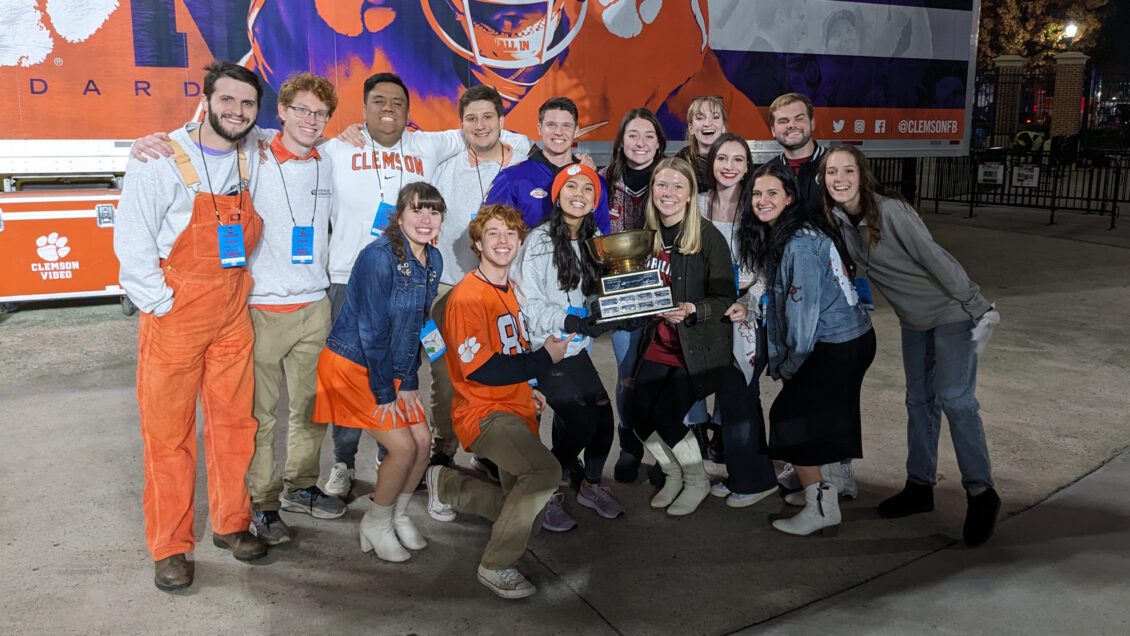Blood
Clemson uses record 4,671 donations to claim Blood Bowl win over University of South Carolina


Download image
Lindsey Schmidt flew home to Philadelphia for Thanksgiving Break. When she got her off flight, the junior elementary education major spotted a young woman dressed in a “Blood Bowl” sweatshirt. The impact of all her hard work was validated a single moment in time—roughly 650 miles from Clemson University.
Two nights ahead of her trip, Schmidt and co-chair Ellie Jansen of Alpha Phi Omega service fraternity were informed during a Zoom call of Clemson’s resounding victory in the annual blood donation competition pitting the Tigers against their in-state rival South Carolina Gamecocks.
The 39th Blood Bowl took place the week of Nov. 13 on both campuses, a week prior to their tilt on the gridiron. Students, faculty, staff and community members helped Clemson to a total of 4,671 donations, nearly twice the total of their USC counterparts. Together, the two universities combined to impact more than 21,000 lives in the state of South Carolina.
“This tradition is really cool because of its longevity,” Schmidt says. “It’s great seeing all the different generations that have a connection to it. Another example of the impact came when I was working at Hendrix Student Center during the week. A former Clemson professor who now works at Wofford came back and donated. He’s been doing it for 20 years and he just happened to be in the area and stopped by to help.”


Buses were stationed at 10 different locations on main campus, along with a primary hub in the Hendrix Center ballrooms. Schmidt and Jansen combined to work more than 60 hours over the course of the week. They followed closely through on a website tracker as donations arrived in record fashion.
“We beat our record number of donations for a single day on the very first day,” says Jansen, a senior. “For me, this event was all about accessibility and scalability. It’s open to community members; for many, this is the closest blood drive. It’s a way for them to come back to campus, especially alums. The record-breaking numbers speak to the impact of this event on the area.”
Jansen and Schmidt were part of a group of 67 students who helped spearhead this year’s event for Clemson. Membership in APO requires time volunteering in the area, ranging from local homeless shelters to the Clemson Downs retirement community.
Jansen, a health service administration major, traveled to Columbia to accept the Blood Bowl trophy in an on-field presentation during the football game on Nov. 25.
“We’ve never hit these kind of numbers before,” she says. “It’s really hard to fathom. Together, our two schools made a really big impact.”
